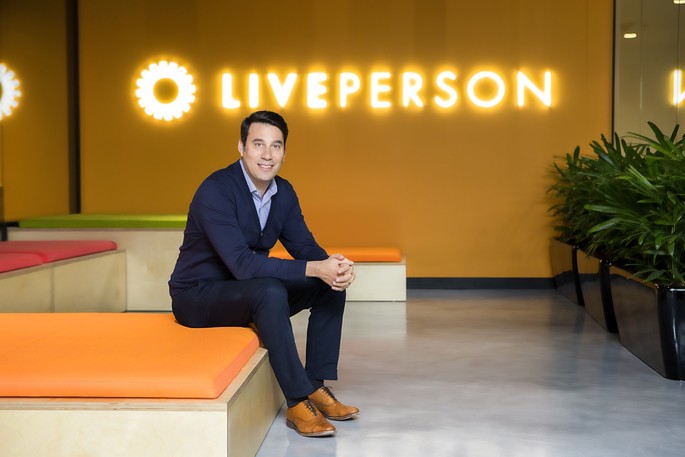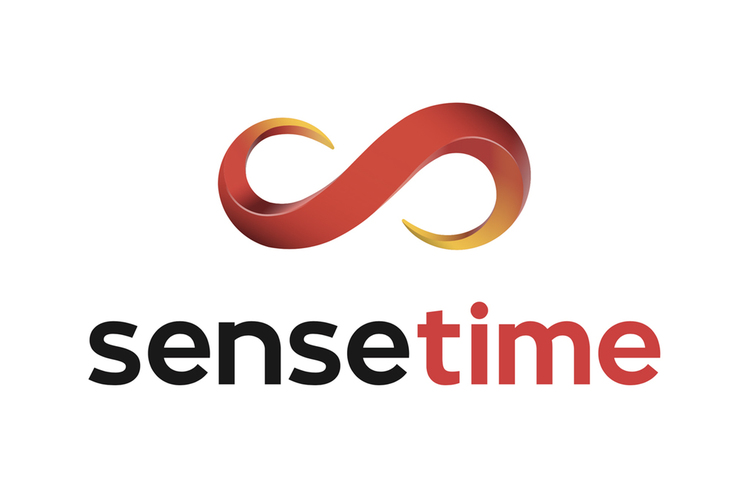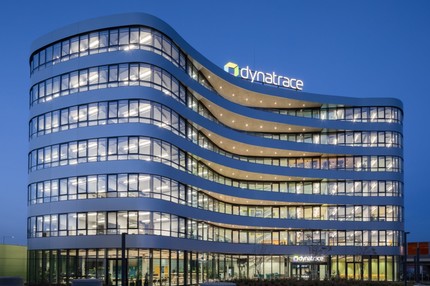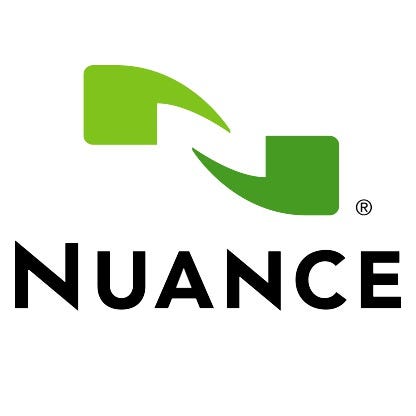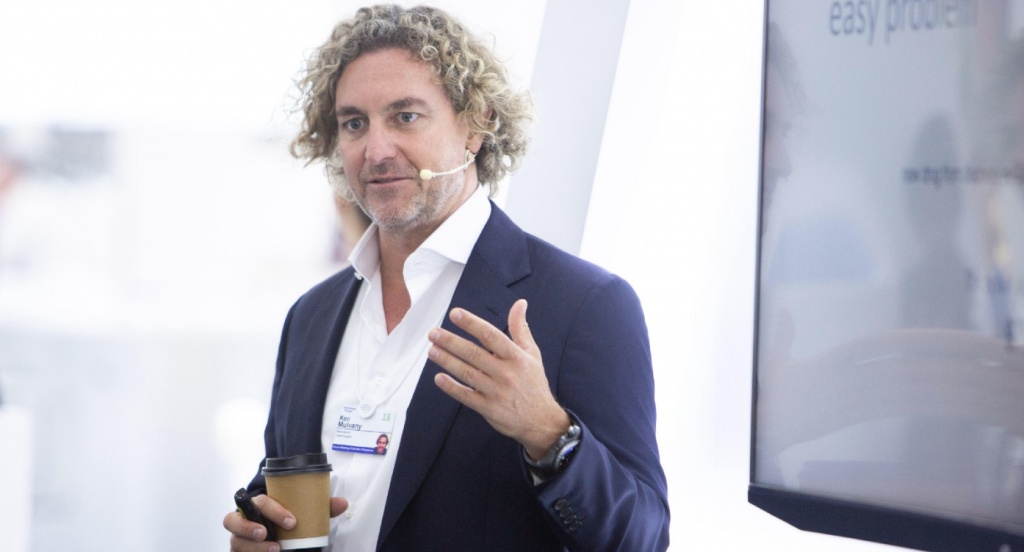OnePlus 10 Pro Now Available In India, Bullets Wireless Z2 Debut Alongside: Check Price, Specifications
On Thursday, the company released the OnePlus 10 Pro, its latest flagship phone. The Snapdragon 8 Gen 1 SoC in the OnePlus phone is rated to deliver four times faster artificial intelligence (AI) processing and 25% more efficient graphics performance than the previous-generation Snapdragon chip. In addition, the smartphone has a faster charging time. The OnePlus 10 Pro will fight against the Samsung Galaxy S22 and the iPhone 13 based on its specifications and cost. The OnePlus Buds Pro Radiant Silver colour option was also launched by the business.
Specifications and Features
The back of the OnePlus 10 Pro is made of glass. Corning Gorilla Glass 5 is what it’s called. Volcanic black and Emerald Forest are the two colour options for the phone. The black variant is frosted and matte, while the green version is sparkling and anti-glare. According to OnePlus, both are fingerprint-resistant. Ceramic is used to cover the “large” camera module. Metal is used for the outside frame. The OnePlus 10 Pro is 8.5mm thick and weighs 201 grammes.
The face of the OnePlus 9 Pro is virtually unaltered. The OnePlus 10 Pro boasts a 6.7-inch 1440p AMOLED display with a 120Hz refresh rate, the same as its predecessor. According to OnePlus, the phone uses a second-generation LTPO panel, which should allow for faster switching — between 1Hz and 120Hz – depending on available content. The screen also has Corning Gorilla Glass Victus protection and dual colour calibration for ostensibly higher accuracy. An in-display fingerprint scanner handles biometrics.
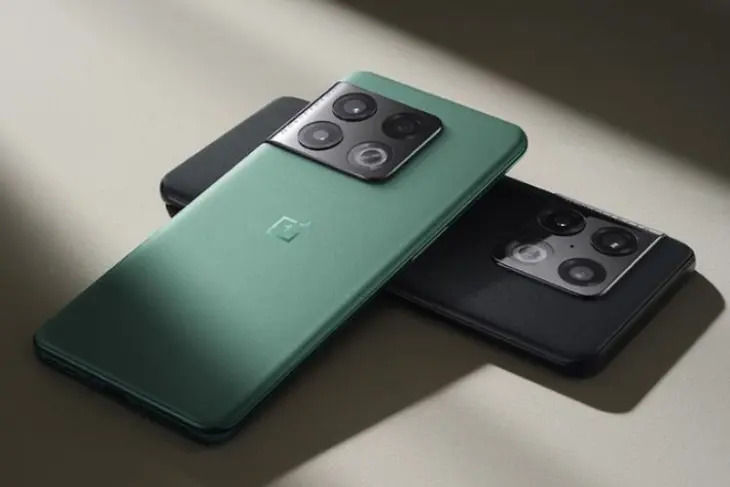
The OnePlus 10 Pro is powered by Qualcomm’s top-of-the-line Snapdragon 8 Gen 1 processor. This comes with up to 12GB of LPDDR5 RAM and 256GB of UFS3.1 storage. This can’t be expanded. The OnePlus 10 Pro will be released globally with OxygenOS 12.1 based on Android 12. (in China uses ColorOS 12.1).
The OnePlus 10 Pro retains the primary (48MP, Sony IMX789) and tertiary (8MP telephoto) cameras from the OnePlus 9 Pro. A 50MP sensor lies behind a larger 150-degree field-of-view lens in the secondary ultrawide-angle camera, which is getting an upgrade. Users will be able to shoot at a maximum angle of 150 degrees (with Fisheye) or up to 110 degrees (without Fisheye) (with distortion correction).
OnePlus has maintained its previous cooperation with Hasselblad (now in its second generation). There are also some new camera features, such as the ability to shoot in 10bit colour throughout the triple camera system and up to 12bit colour in Hasselblad Pro Mode. Raw Plus is also supported on the OnePlus 10 Pro, which means you’ll be able to save in RAW and a processed JPEG at the same time.
The OnePlus 10 Pro includes a 32MP camera on the front. A 5,000mAh battery with 80W SuperVOOC wired and 50W AirVOOC wireless charging completes the set.
The OnePlus Bullets Wireless Z2 will be released initially in India. These neckband-style wireless headphones are a natural follow-up to the original OnePlus Bullets.
They have 12.4 mm drivers and are sweat and water-resistant to IP55. They’re rated to play music for up to 20 hours on a single charge, and they just take 10 minutes to charge.
Price and Availability
The base 8GB + 128GB storage option of the OnePlus 10Pro costs Rs. 66,999 in India. The phone is also available in a 12GB + 256GB storage option, which costs Rs. 71,999. Emerald Forest and Volcanic Black are the two colour options available.
The 8GB + 128GB storage option of the OnePlus 10 Pro costs EUR 899 (approximately Rs. 75,500) globally.
This year, OnePlus launched the OnePlus 9 Pro at a price of Rs. 64,999 for the 8GB + 128GB storage option. The 12GB + 256GB storage model went up to Rs. 69,999.
The 8GB + 128GB edition of the OnePlus 10 Pro was released in China in January for CNY 4,699 (approximately Rs. 56,100). It was also available in 8GB + 256GB for CNY 4,999 (approximately Rs. 59,700) and 12GB + 256GB for CNY 5,299 (about Rs. 59,700). (roughly Rs. 63,200).
The OnePlus Bullets Wireless Z2 costs Rs. 1,999 in India, the same as the original OnePlus Bullets Wireless Z, which was released in 2020. Beam Blue and Magico Black are the two colours offered for the earbuds.
Radiant Silver OnePlus Buds Pro is priced at Rs. 9,990, the same as the standard OnePlus Buds Pro.
Starting April 5, the OnePlus 10 Pro will be available for buy in India. A silver version of the OnePlus Bullets Wireless Z2 and Buds Pro Radiant will be available on April 5.
